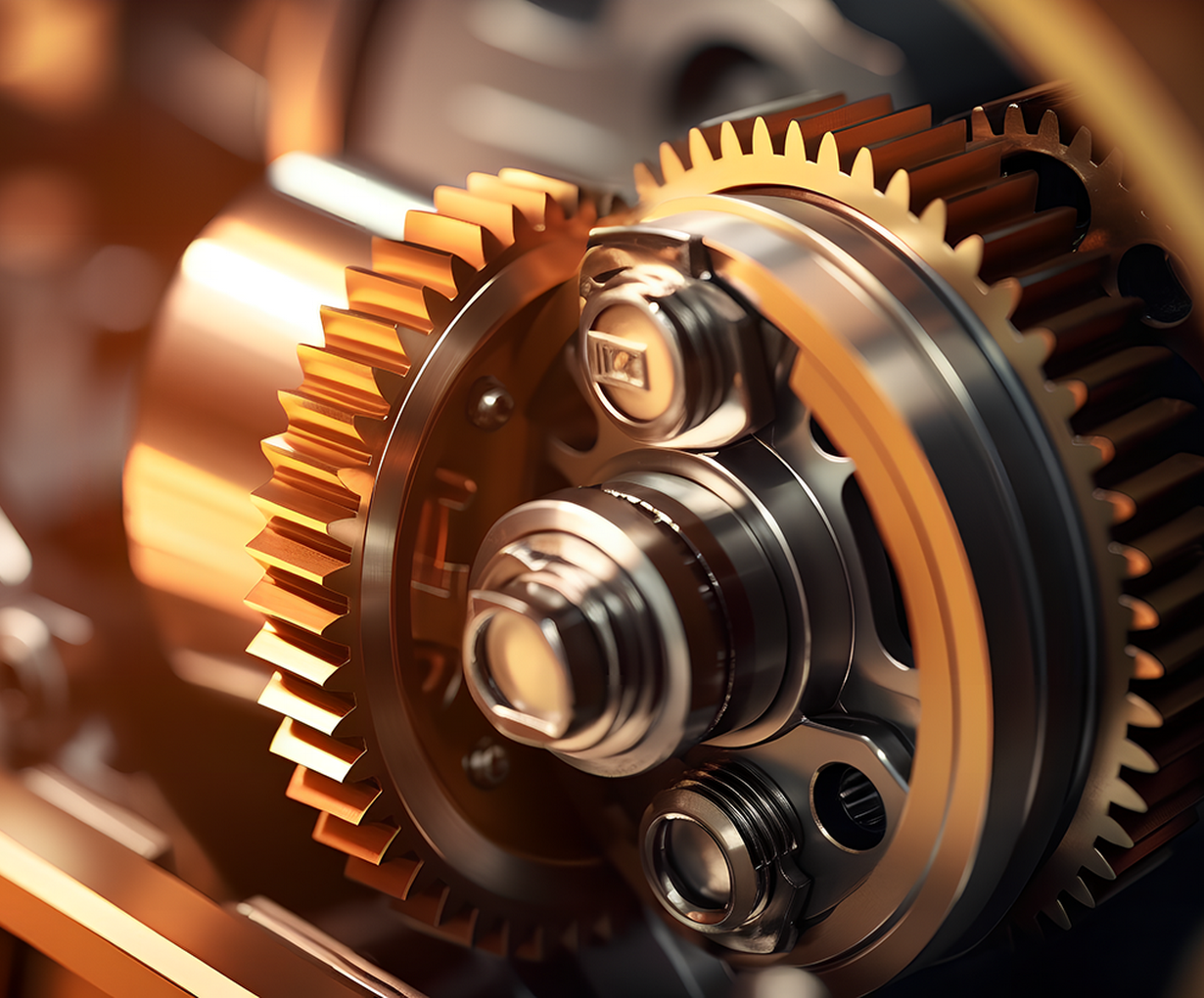If you are like many other people, you take your car’s braking system for granted. You push your foot down on the brake and the car slows down and eventually stops. Most people don’t put much thought into the components of brake systems and what it takes to get a car to slow down and stop. Let’s take a closer look at the braking system of your vehicle.
What Braking Systems Do
They are designed to slow down the car to take it from a high speed to a lower one. They work by converting the kinetic energy of the moving car into heat. There is no one part of the braking system that is “responsible” for stopping the car; rather, it’s the entire system working together to stop the motion of the car.
Brake Pedal
The brake pedal is the pedal inside the car on the floor of the vehicle next to the gas pedal. The brake pedal is what the driver puts their foot on to slow down or stop the vehicle. The pedal, however, extends much further than what you can see inside the car. Brake pedals work by using leverage, and the goal of the brake pedal is to multiply the amount of force exerted by the foot so that it is enough force to engage the brakes.
The Master Cylinder
The master cylinder is the device in the braking system that holds the brake fluid. When the pedal pushes down, the piston in the master cylinder moves and pushes against the brake fluid. This creates hydraulic pressure within the cylinder. The amount of pressure created by the master cylinder depends on a variety of factors including the diameter of the piston and the output of force by the brake pedal. While it may seem as though a smaller master cylinder would maximize the amount of hydraulic pressure in a vehicle, some cars have hydraulic fluid requirements.
From there, brake tubes carry the pressurized hydraulic fluid to each of the four corners of the car. These tubes are usually rigid, though race cars prefer to use flexible tubes for reduced compliance.
Brake Calipers
Brake calipers are one of the parts of the braking system that are often visible from the outside of the vehicle. They can be seen through the spokes of the wheel on many vehicles. These components have a very simple function, and may be the single most important component of the brake system.
The brake caliper is the attachment that goes over the rotor in a disc brake system. Inside the calipers, the brake pads are found. The brake pads are the components that clamp down against the rotor and cause friction, which in turn causes the car to slow down and stop.
Replacement Brake Pads
The brake pads are the parts that actually touch the tire and apply the friction needed to slow down the car. The material that the brake pads are made out of have a direct effect on the amount of force needed to generate a rotor force output.
In the past, brake pads were made out of asbestos and carbon, but the ban of asbestos made it necessary to find new compounds. Today, brake pads can be made of semi-metallic substances, ceramic, cellulose, or aramid fibers.
Disc Brake Rotors
In disc brake systems, rotors are often referred to as braking discs. These are the devices that the brake pads clamp down against to stop the car’s wheels from spinning. They serve two purposes: to act as a frictional surface for the brake pads, and to absorb the heat generated by the pads. The heat is dissipated via the air surrounding the rotor.
Wheels and Tires
he force of the tires is what plays the largest role in slowing the car down. The various components of the braking system mentioned above are all working together to slow down the wheels and tires. The rotor is bolted to both the wheel and the tire. All of the force created by the braking system creates torque, and that that creates force between the tire and the road. This force opposes the motion of the car, thus stopping the vehicle from moving.

